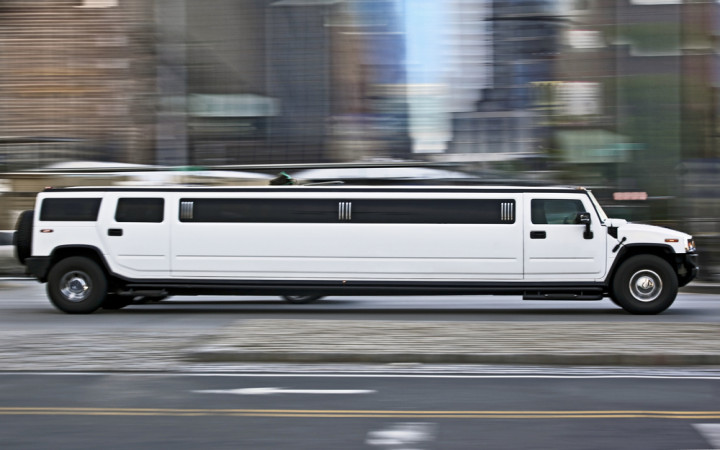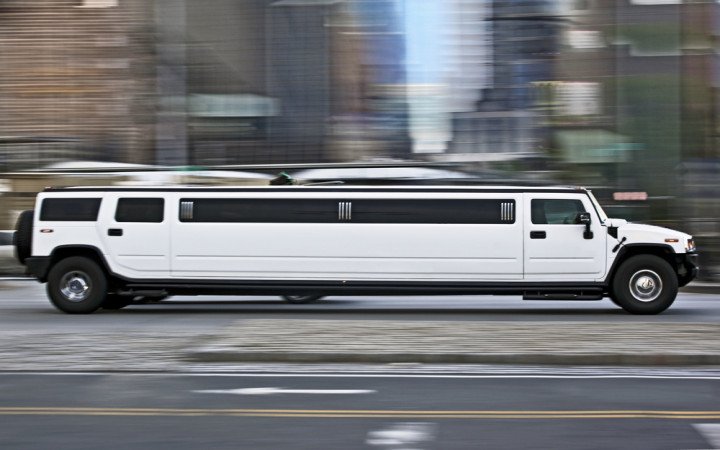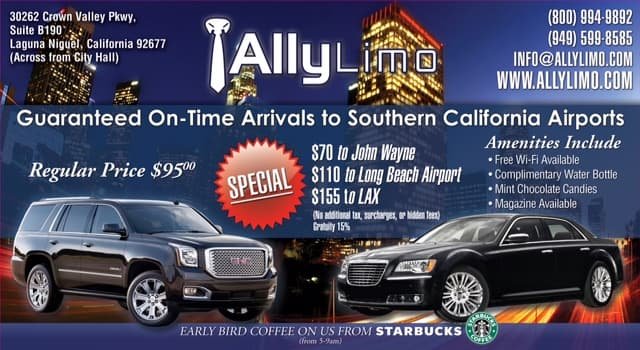When it comes to turning, a limousine operates in a unique way that sets it apart from regular vehicles. Have you ever wondered how this luxurious and elongated vehicle manages to navigate sharp corners and tight spaces with such grace? The answer lies in its design and engineering, which allows for smooth and precise turns even with its extended length.
A limousine is typically equipped with a longer wheelbase and a higher number of wheels compared to standard cars. These features contribute to its enhanced stability and maneuverability. Additionally, the limousine’s power steering system aids in making turning effortless, allowing drivers to smoothly navigate the vehicle around corners, curves, and obstacles. This combination of design elements and technological advancements ensures that a limousine can turn with ease, providing a comfortable and elegant ride for its passengers.
A limousine turns by using a combination of steering and differential systems. When the driver turns the steering wheel, it activates the steering system, which transfers the movement to the wheels. The wheels then turn in the direction that the steering wheel is turned. Additionally, the differential system allows the wheels to rotate at different speeds, enabling the limousine to smoothly navigate corners. This combination of systems ensures that a limousine can make tight turns and maneuver through various driving conditions.

How Does a Limousine Turn?
A limousine is a luxurious vehicle often associated with elegance and style. But have you ever wondered how a limousine is able to make turns smoothly? In this article, we will explore the mechanics behind a limousine’s turning abilities and explain the various components that enable it to navigate corners effortlessly.
The Steering System
At the heart of a limousine’s turning capability is its steering system. The steering system is responsible for translating the driver’s input into movement of the wheels. In most modern limousines, the steering system consists of a power steering mechanism that assists the driver in turning the wheels with minimal effort.
The power steering system in a limousine typically uses hydraulic pressure to make steering easier. When the driver turns the steering wheel, it activates a hydraulic pump that sends pressurized fluid to the steering gear. This pressurized fluid assists in turning the wheels, making it easier for the driver to navigate corners smoothly.
The power steering system also allows for precise control over the turning radius of the limousine. By adjusting the amount of steering input, the driver can execute sharp turns or make gradual curves depending on the situation. This flexibility in turning radius is essential for maneuvering in tight spaces or navigating winding roads.
The Suspension System
Another vital component that contributes to a limousine’s turning abilities is its suspension system. The suspension system is responsible for maintaining the tire contact with the road surface, providing stability, and absorbing shocks caused by bumps or uneven terrain.
When a limousine turns, the suspension system allows the wheels on the outside of the turn to tilt inward while the wheels on the inside of the turn tilt outward. This tilt, known as body roll, helps counterbalance the centrifugal force generated during the turn, minimizing the vehicle’s tendency to lean excessively and improving overall stability.
Additionally, the suspension system plays a crucial role in maintaining traction while turning. It ensures that the tires maintain maximum contact with the road surface, allowing the vehicle to grip the road and make precise turns. This is especially important for a heavy vehicle like a limousine, as it enhances safety and control during cornering maneuvers.
Tire Technology
While the steering and suspension systems are fundamental to a limousine’s turning abilities, the tire technology used also plays a significant role. The tires on a limousine are specifically designed to provide optimal grip and traction, allowing for smooth and efficient turns.
The tires used in most limousines are made from a high-quality rubber compound that offers excellent traction on various road surfaces. The tread pattern of the tires is designed to channel water away from the contact patch, reducing the risk of hydroplaning and maintaining grip in wet conditions.
Furthermore, the tires on a limousine are typically wider than those on regular passenger cars. The wider footprint increases the area of contact with the road surface, enhancing grip and stability while turning. The tire sidewalls are also reinforced to withstand the weight of the vehicle and provide additional support, reducing the risk of tire deformation during aggressive maneuvers.
Conclusion
In conclusion, a limousine is able to turn smoothly due to its advanced steering system, efficient suspension system, and specialized tire technology. These components work together to provide the driver with precise control, stability, and grip while navigating corners. Whether it’s a sharp turn or a gradual curve, a limousine’s ability to turn with grace and precision is a testament to the engineering behind these luxurious vehicles.
Key Takeaways
- A limousine turns by using its steering wheel to change the direction of the front wheels.
- The front wheels pivot on their axis, allowing the limousine to make turns.
- As the front wheels turn, the back wheels follow the same path, allowing the limousine to navigate corners smoothly.
- The turning radius of a limousine depends on its size and design.
- When making a turn, the driver must be cautious of the vehicle’s length to avoid hitting curbs or obstacles.
Frequently Asked Questions
A limousine is a luxurious and sleek vehicle often associated with special events and VIP transportation. It is longer than regular cars, which raises the question of how it turns. In this section, we will explore the mechanics of how a limousine turns and provide answers to common questions regarding this topic.
1. How does a limousine steer when it is longer than regular cars?
Despite its longer length, a limousine steers using the same basic principles as regular cars. It has a steering wheel that the driver uses to control the direction of the vehicle. The turning mechanism in the limousine’s front wheels allows it to navigate corners and make turns smoothly. Although the longer body of a limousine may require the driver to take wider turns, the steering system still functions in the same way as in any other car.
The bigger challenge for a limousine driver is maneuvering the vehicle in tight spaces or congested areas. Due to its length, turning in narrow streets or sharp corners requires careful planning and precision. Experienced limousine drivers possess the skill and expertise to navigate these situations effectively.
2. Does a limousine have a different turning radius compared to regular cars?
Yes, the turning radius of a limousine is typically larger than that of regular cars. The longer length of a limousine affects its ability to make tight turns. This is due to the increased distance between the front and rear wheels, which reduces the vehicle’s maneuverability.
Limousine drivers need to be mindful of this larger turning radius, especially when navigating through narrow streets or parking in tight spaces. They may need to make wider turns or find alternative routes to avoid situations where the turning radius becomes a limitation.
3. How does the turning process work in a limousine?
The turning process in a limousine involves multiple components working together to change the direction of the vehicle. When the driver turns the steering wheel, it activates the power steering system. This system assists the driver in steering the vehicle by using hydraulic pressure or electric motors to apply force to the wheels.
As the steering wheel is turned, it causes the front wheels to pivot at different angles relative to each other. This difference in angle allows the wheels to follow different paths during a turn, resulting in the limousine changing its direction. The speed and smoothness of the turn depend on the driver’s input and the vehicle’s overall design and condition.
4. Are there any special considerations for turning with a stretch limousine?
Stretch limousines, which are even longer than standard limousines, may require extra attention when it comes to turning. Due to their extended length, stretch limousines have a larger turning radius and require more space to make turns comfortably.
Drivers of stretch limousines need to be particularly cautious when negotiating sharp corners or maneuvering through tight spots. They often need to use wider lanes and make use of additional mirrors or assistance from a spotter to ensure the safety of the vehicle and its passengers during turns.
5. What driving techniques do limousine drivers use to make turns safely?
Limousine drivers employ several driving techniques to make turns safely and smoothly. These techniques include:
– Taking wider turns: Due to the longer length and larger turning radius of a limousine, the driver may need to take wider turns to navigate corners safely.
– Planning ahead: Anticipating turns and planning the approach in advance helps drivers avoid abrupt maneuvers and ensures a smoother ride for the passengers.
– Using signals: Signaling intentions early allows other drivers to anticipate the limousine’s movements and adjust their driving accordingly, enhancing overall traffic safety.
– Adjusting speed: Slowing down before a turn and maintaining a controlled speed throughout the maneuver contributes to safe and comfortable turning.
By implementing these techniques and drawing on their experience, limousine drivers ensure that turning is executed with precision, maximizing the safety and comfort of the passengers onboard.
In summary, when a limousine turns, it relies on a combination of steering and differential action.
Steering allows the driver to change the direction of the front wheels, while the differential enables the rear wheels to rotate at different speeds during a turn. These mechanisms work together to ensure a smooth and controlled turning motion for a limousine.






